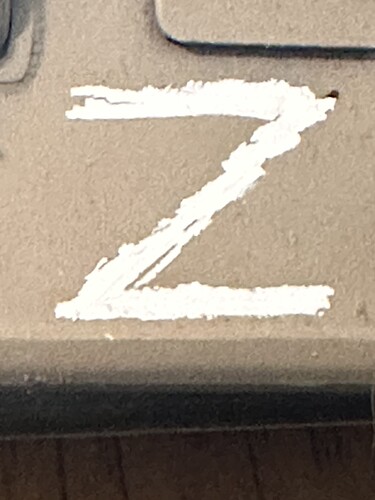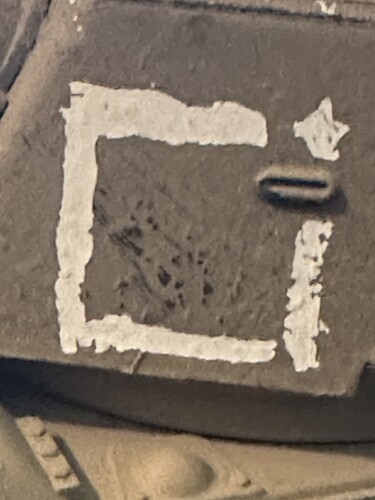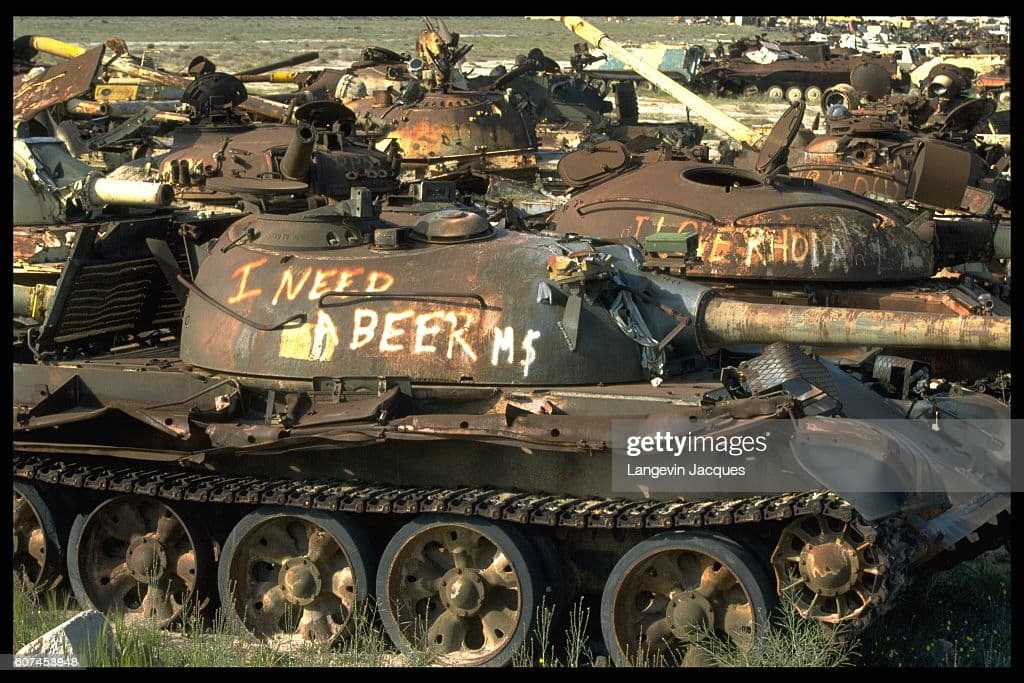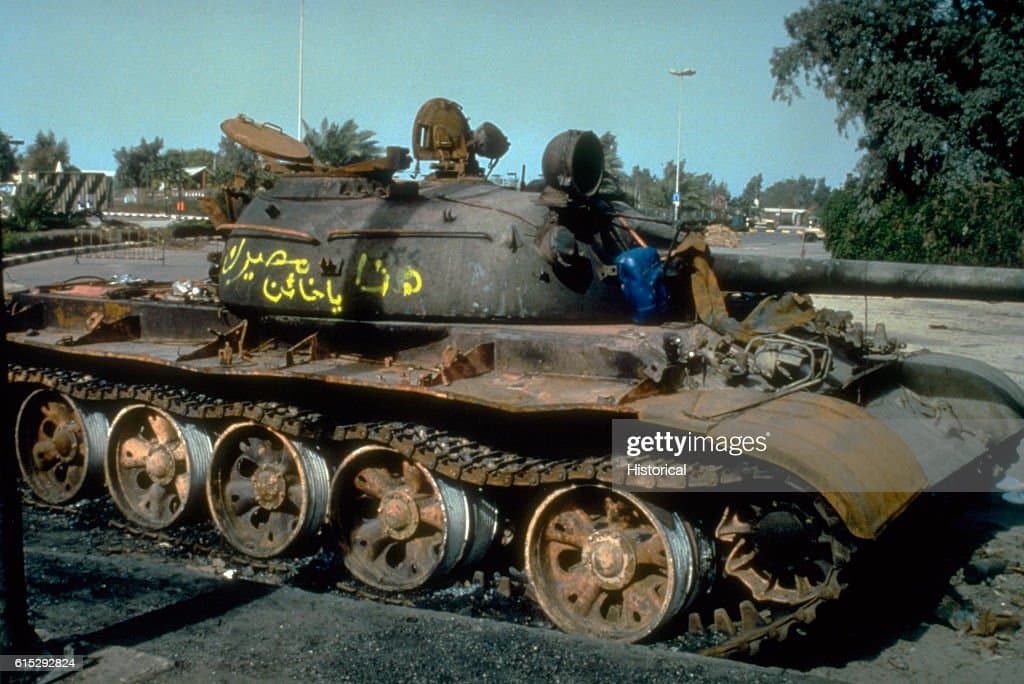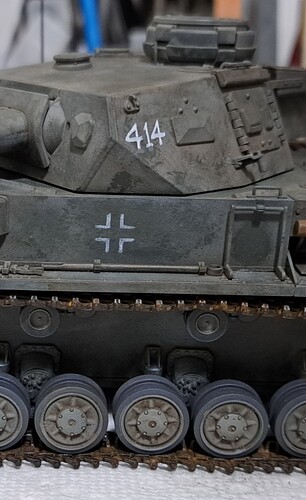Hi I would appreciate, your thoughts on using a sharp weathering pencil and photo-etch stencil to make markings.
Any tips or techniques for making accurate images you can share are appreciated.
Here’s my beta test.
I’m aware the traditional method is airbrushing with stencils but thought this might make an interesting alternative.
Thank you.
9 Likes
It looks pretty good Wade. Never considered this method but it looks successful. Worth some trial for sure.
2 Likes
If it works! I used a pencil to do graffiti on a Northern Alliance tank. You can also use typewriter corrective tape. With either method you can get effects not easily replicated with an airbrush.
7 Likes
That’s an interesting approach.
1 Like
I used typrewriter corrective tape to replicate the “hastily applied paint” look.
6 Likes
That’s an outstandingly cool technique and looks spot on! A++
2 Likes
This will definitely work with field-applied markings, or battlefield graffiti. 
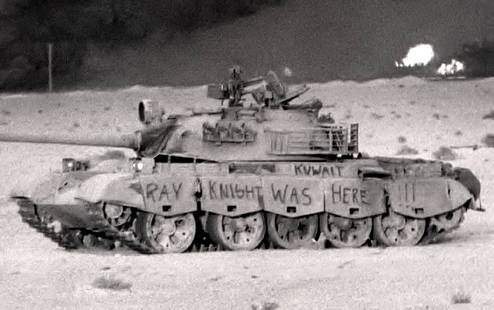
3 Likes
I guess it’s open to conjecture what was originally used for rougher markings. I’d tentatively suggest German national markings were typically “well” painted with proper white paint at (or soon after) the factory. Exceptions might be vehicles which started out with standard summer camo, got whitewashed for winter, then scrubbed back or repainted for the next summer – all in the field, where proper white paint may not always have been to hand. All guesswork on my part, easily wrong.
My impression is the most common use of rougher-looking markings was on Red Army tanks. Partly because (a generalisation looming) they weren’t as neat & tidy as the Germans and didn’t have as many standardisation rules - the slogans scrawled on their turrets were either the personal choice of the crew, or a reference to the entity in Russia that paid for that tank, and/or the unique identifier of that tank. Also, they used whatever white material was available in the field – I’ve read somewhere that chalk was often used, salvaged from ruined schools etc. I wonder how long that would have lasted but I guess they’d just re-chalk it periodically.
Whatever, as mentioned on your KV thread recently I free-handed these guys using the same kind of crayon as yours…
4 Likes
Cool ! I will remember this technique when markings must not be sharp !
I used to base my models on period photos
Eric
2 Likes
After fiddling with Pencils & Stencils, discovered if the pencil is very lightly applied on first pass then the mark can be removed with a little water & apaint brush.
Decided to commit and try.
Touched up markings with paint etc and still need to tone the numbers down.
2 Likes

